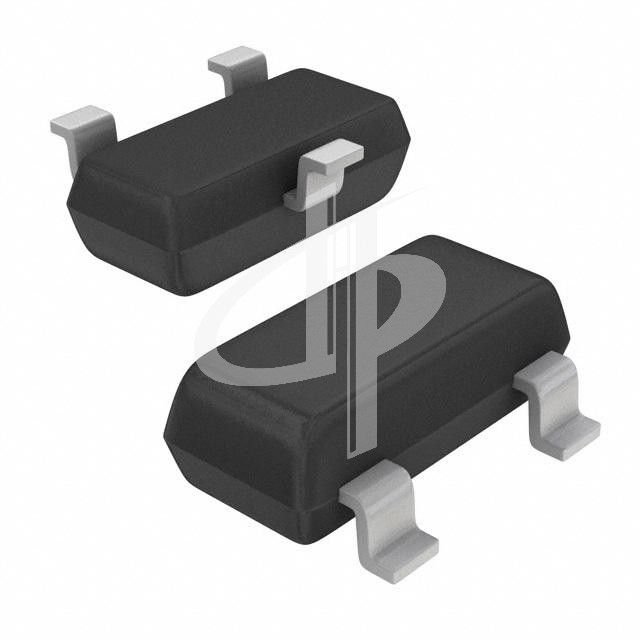The 2N7002ET1G is an N-channel enhancement-mode Field-Effect Transistor (FET) designed for general-purpose switching applications in electronic circuits. This MOSFET is typically used in low-power and low-voltage circuit designs. Here’s an overview of its features and common applications:
Overview:
- Type: N-Channel Enhancement Mode MOSFET
- Package: SOT-23
- Manufacturer: ON Semiconductor
Features:
- Enhancement Mode: This MOSFET operates in the enhancement mode, requiring a positive gate voltage to enable current flow between the drain and source terminals.
- Low ON-Resistance: The 2N7002ET1G is known for its low ON-resistance, making it suitable for low-power applications and reducing power losses during operation.
- Compact Package: Designed in a small SOT-23 package, the 2N7002ET1G allows for efficient use of board space and ease of integration into various electronic circuits.
- Low Gate Threshold Voltage: This feature makes it compatible with low-voltage control signals and suitable for low-power applications.
Applications:
- Signal Switching: Commonly used for small-signal switching applications in low-voltage and low-power circuits, including signal routing and digital control applications.
- Level Shifting: Suitable for level-shifting applications, especially when interfacing between different voltage level circuits.
- Load Switching: Utilized as a switch to control power supply to various sub-circuits, especially in portable and battery-operated systems.
- Amplification: Employed for signal amplification in low-power and low-frequency applications, providing high gain with minimal power consumption.
- Oscillator Circuits: Used in oscillator and waveform generation circuits, particularly where low-power consumption is essential.
- Voltage Regulation: Integrated into low-power voltage regulator circuits to regulate and control voltages efficiently, especially in battery-operated systems and portable electronics.
The 2N7002ET1G is a versatile MOSFET that finds application across a wide range of digital and analog circuits, especially in portable devices, low-power integrated circuits, and various small-scale electronic systems. It’s particularly suitable for applications that require efficient power management and compatibility with low-voltage levels.





